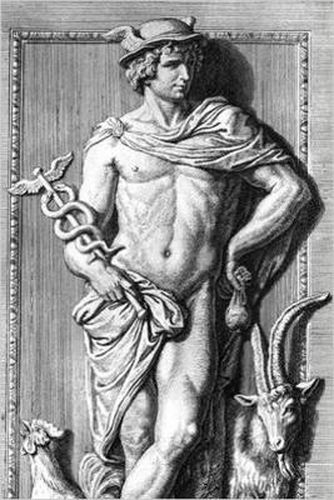Readings Newsletter
Become a Readings Member to make your shopping experience even easier.
Sign in or sign up for free!
You’re not far away from qualifying for FREE standard shipping within Australia
You’ve qualified for FREE standard shipping within Australia
The cart is loading…






Jean Seznec’s La survivance des dieux antiques was first published at the Warburg Institute in 1940 and translated into English as The Survival of the Pagan Gods in 1953 . It is a classic survey of the afterlife of the deities of classical Antiquity in art and literature during the Middle Ages and Renaissance. This volume of essays is the product of a conference held at the Warburg Institute in 2004, in collaboration with the French research group Polymnia. It presents the current state of scholarship regarding a number of the themes set out by Seznec, covering areas from medieval astronomy to sixteenth-century allegory, and charting the course of the long-term iconographical traditions of mythological figures as well as discussing individual transformations of classical deities at specific moments in time. As in Seznec’s book, the late-medieval and Renaissance mythographical handbooks which were the principal sources of knowledge about classical mythology for contemporary artists form an overarching topic.
$9.00 standard shipping within Australia
FREE standard shipping within Australia for orders over $100.00
Express & International shipping calculated at checkout
Jean Seznec’s La survivance des dieux antiques was first published at the Warburg Institute in 1940 and translated into English as The Survival of the Pagan Gods in 1953 . It is a classic survey of the afterlife of the deities of classical Antiquity in art and literature during the Middle Ages and Renaissance. This volume of essays is the product of a conference held at the Warburg Institute in 2004, in collaboration with the French research group Polymnia. It presents the current state of scholarship regarding a number of the themes set out by Seznec, covering areas from medieval astronomy to sixteenth-century allegory, and charting the course of the long-term iconographical traditions of mythological figures as well as discussing individual transformations of classical deities at specific moments in time. As in Seznec’s book, the late-medieval and Renaissance mythographical handbooks which were the principal sources of knowledge about classical mythology for contemporary artists form an overarching topic.